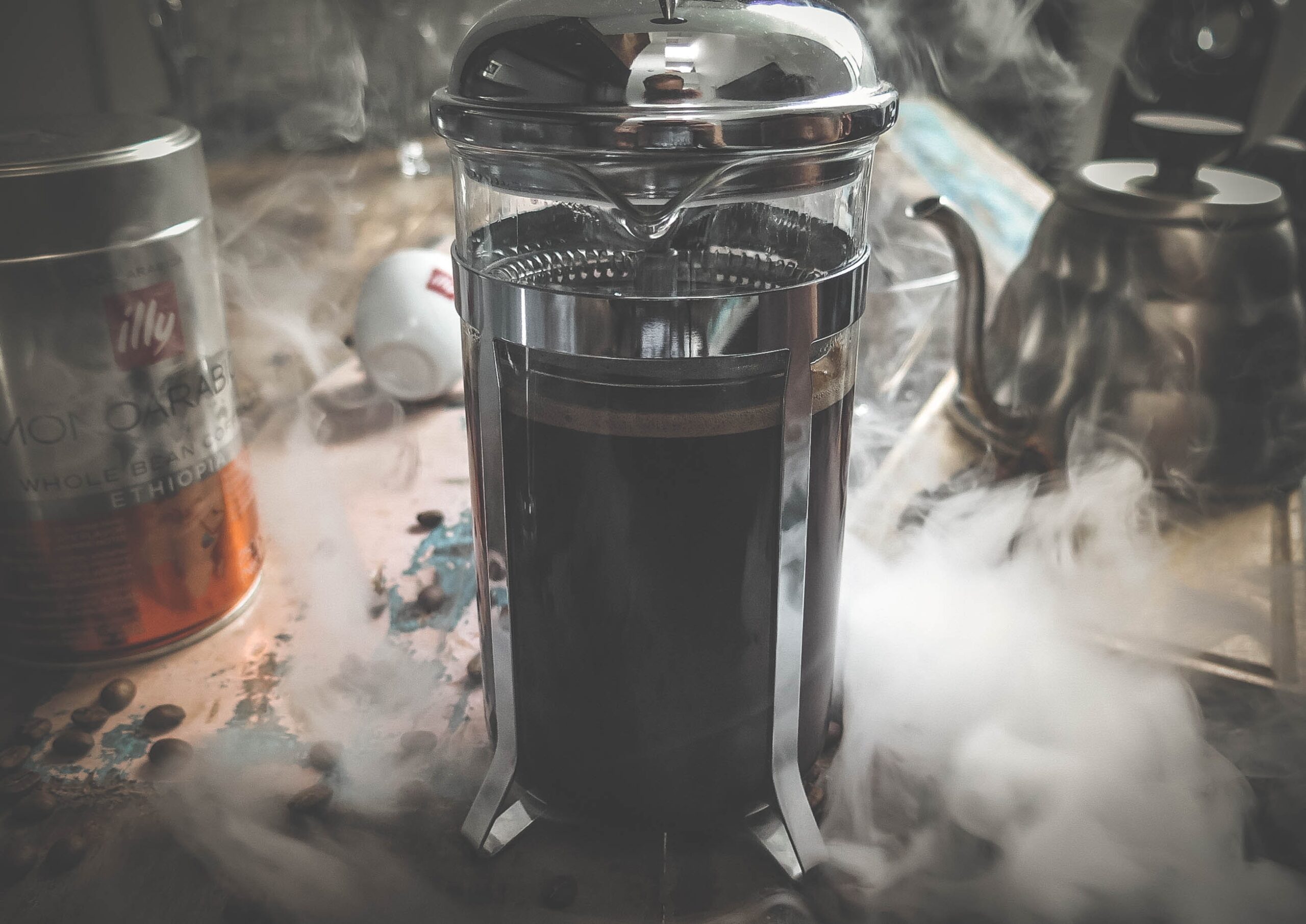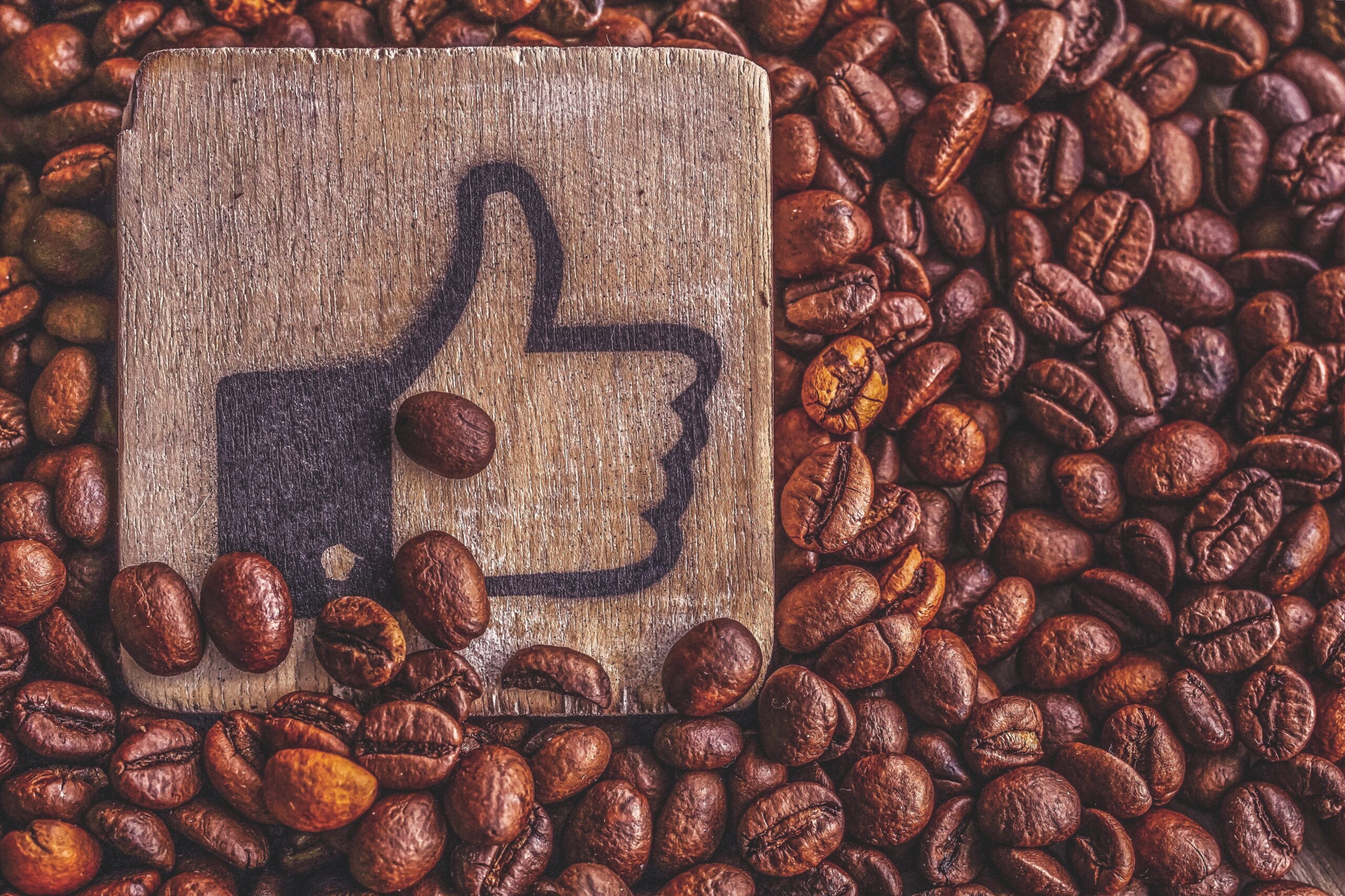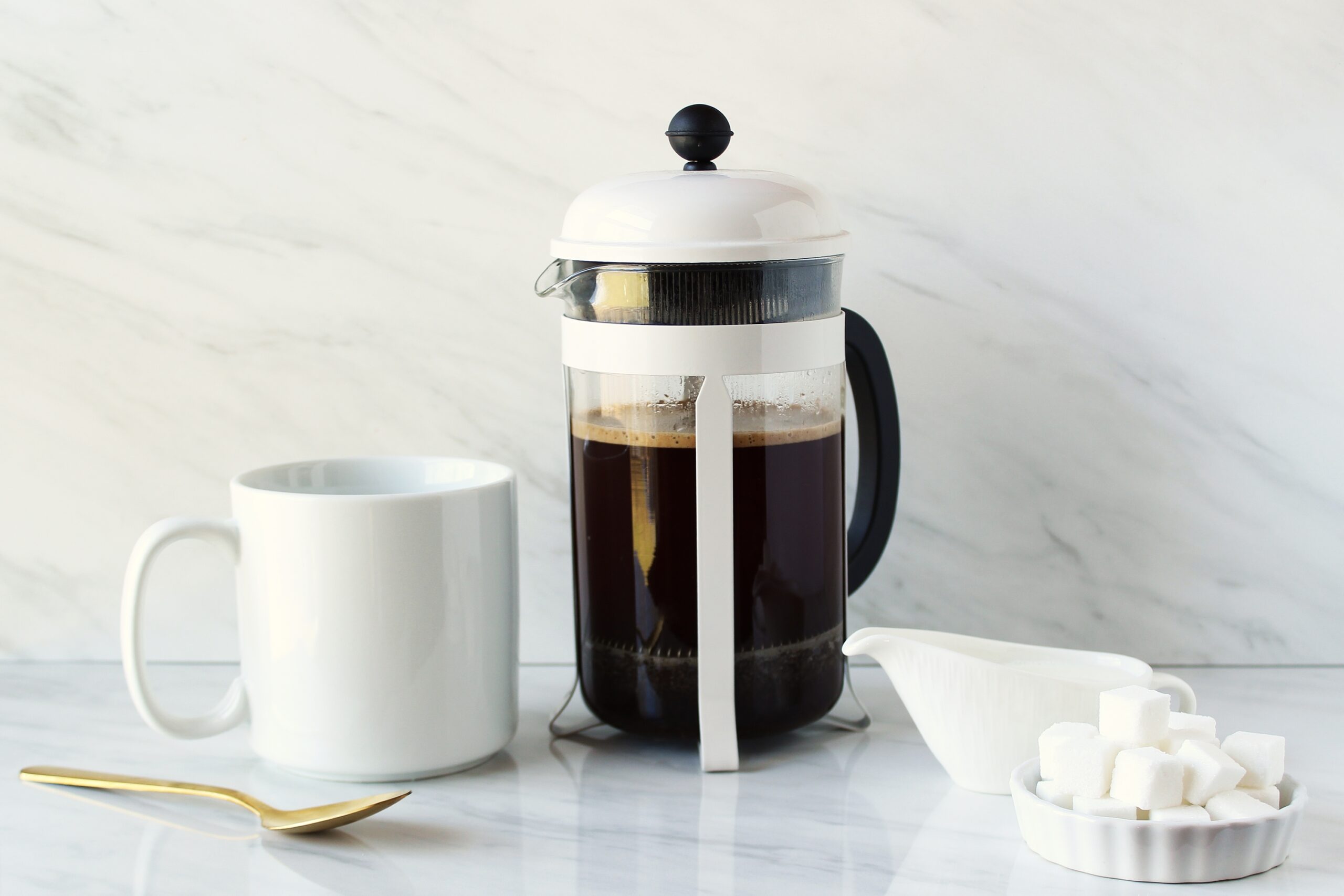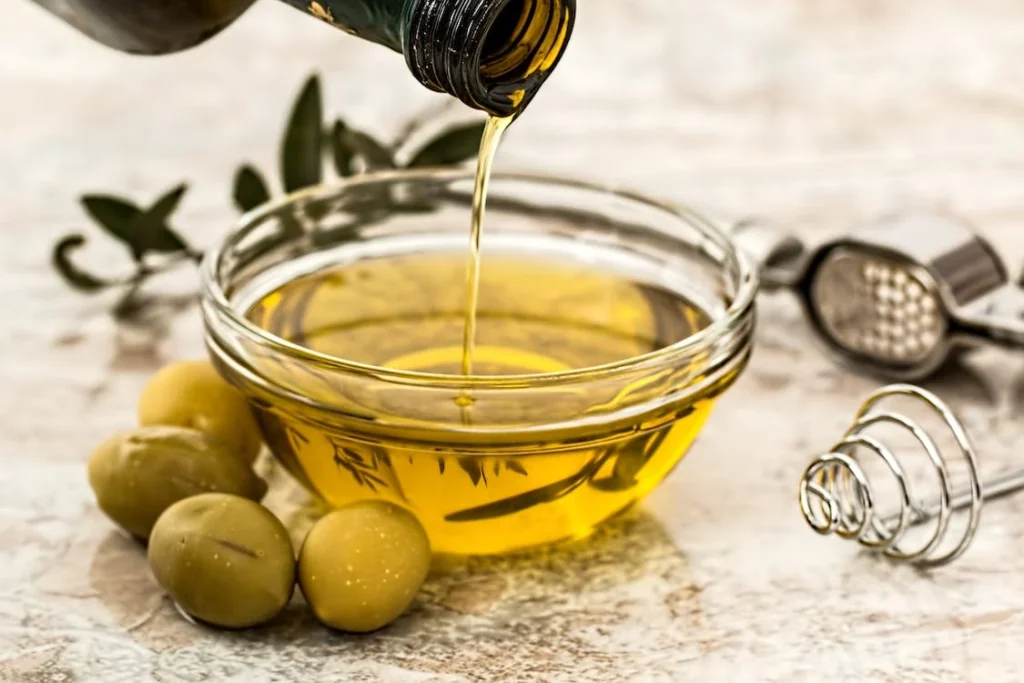
My neighbor called me last week in dismay. She had gone to Starbucks that morning and discovered that someone had made a terrible mistake and added olive oil to some of the drinks on the menu. Starbucks had gone too far this time, right?
Olive oil in coffee isn’t as crazy or new as it sounds. It’s been part of Middle Eastern and Italian coffee culture for almost as long as coffee has existed. It even makes sense when you think about it: olive oil is full of good fats, so adding it to your morning coffee is an excellent way to get some healthy fat in your diet.
I told my neighbor that I hadn’t tried the new Oleato drinks from Starbucks but that I’d heard about people drinking coffee with olive oil and that the idea wasn’t as ridiculous as it seems. She was not convinced. Let me try to convince you.
History of Olive Oil Coffee
Coffee historians can’t pinpoint when olive oil in coffee first entered the public consciousness, but most people who have studied the history of coffee agree that it has been going on for a long time. Adding olive oil to coffee was a way to counteract some of its bitterness. It also helped to fuel workers who spent long days doing hard work outdoors.
The general concept of adding something fatty to coffee isn’t new, either. Bulletproof coffee was a fad several years ago among keto dieters. But the Nepalese have a history of using bulletproof coffee to keep themselves warm and full during long stints outside in the harsh Himalayas.
Adding whole milk or cream to coffee follows a similar logic. We’re used to tasting coffee with milk, so it doesn’t surprise us, but the texture and flavor benefits you get from coffee with cream are similar to what you get from adding olive oil or butter to your coffee. Of the three options — milk, butter, and olive oil — milk offers the fewest health benefits.
The Benefits of Drinking Olive Oil Coffee
Olive oil is a staple of the Mediterranean and Italian diets because it’s packed with antioxidants, healthy fats, and vitamin E. It’s used as salad dressing, for sautéing and marinating, as a dip for bread, and even as an ice cream flavor — yes, really. So why not put it in coffee?

Olive oil is full of monounsaturated fatty acids, which help lower your bad cholesterol, and a diet that includes olive oil has been shown to reduce the risk of stroke and heart disease. Western diets don’t include as much olive oil as Mediterranean diets, so adding extra virgin olive oil to your morning cup is a great way to get some health benefits without making major changes to your diet.
There is also evidence that olive oil can help reduce inflammation due to its high antioxidant content. These effects are not as well-documented as olive oil’s ability to improve heart health, but many people anecdotally report less joint pain and feeling better overall after consuming more olive oil.
One of the few studies linking olive oil to reduced levels of inflammation was conducted in 2015. The authors of that study showed that consuming olive oil was associated with lower levels of C-reactive protein (CRP) in the blood. CRP is a key marker of inflammation and is linked with chronic diseases like HIV, cardiovascular disorders, and inflammatory bowel disease (IBD).
A word of caution: Olive oil is high in fat, so you should limit how much you use. One tablespoon of olive oil contains approximately 120 calories and 14 grams of fat. Good fat or not, consuming too much fat will cause health problems and weight gain.
Another benefit of olive oil coffee is that it slows your body’s absorption of caffeine. Olive oil coffee gives you a sustained energy boost that lasts longer than what you get from drinking coffee alone. It also doesn’t have the same crash that makes you want to put your head on your desk after lunch.
How Does Olive Oil Coffee Taste?
I know what you’re thinking: Fine, olive oil coffee is good for me, but how does it taste?
Unfortunately, if you just pour some extra virgin olive oil into your cup of black coffee, you probably won’t be pleased with the result. Olive oil has a strong taste that clashes with the flavors and aromas of most coffees. Most people don’t like how olive oil coffee tastes when they first try it.

One thing you can do to make olive oil coffee more palatable is to make it with dark roast coffee. Olive oil is good at making strong coffee more mellow, and having a bold, smoky dark roast to mask the flavor of the olive oil helps.
Adding olive oil to light roast coffee brings its flavor to the forefront, which might not be what you want. It does, however, help reduce the overwhelming acidity you find in some light roasts, so it’s worth trying if you have some beans that are too bright for your taste.
Another thing you can do to make olive oil coffee taste better is follow Starbucks’ lead and make lattes and espresso drinks with it. The strong flavor you get from espresso combined with a generous portion of milk helps dilute the olive oil, making it a supporting actor instead of the main character. I like Starbucks’ Oleato Iced Shaken Espresso a lot more than I thought I would. It’s balanced, smooth, and doesn’t taste weird like I expected it to.
How to Make Olive Oil Coffee
I like to make olive oil coffee using a French press. My preferred brewing method is the Hario V60, but the fuller body and richer flavor I get from my French press work well for adding olive oil.
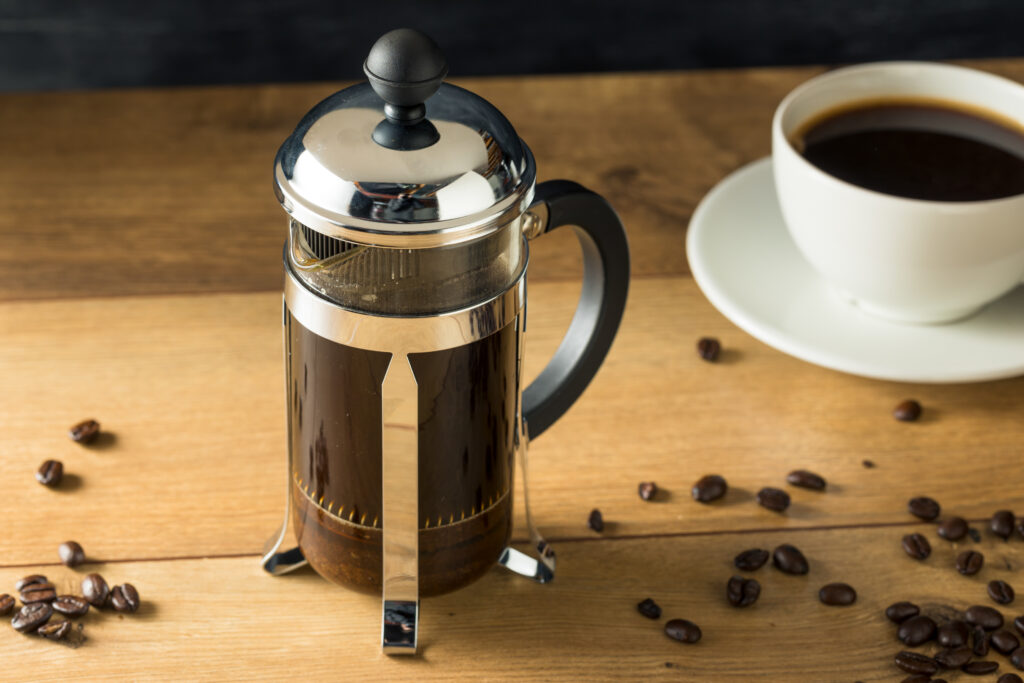
My usual French press recipe uses a 1:15 coffee-to-water ratio and a four-minute total extraction time. When I make olive oil coffee, I use a 1:14 coffee-to-water ratio. I find that the additional strength helps the flavor remain balanced when I add the olive oil.
I’ve settled on using one tablespoon of extra virgin olive oil for my olive oil coffee. I started out by adding half of a tablespoon and worked my way up as I acquired the taste. I encourage you to do the same unless you’re a big fan of olive oil. I don’t recommend going too much above one tablespoon since you run the risk of consuming too much fat.
Olive Oil Coffee Recipe
Ingredients
- 20 grams of dark roast coffee
- 280 grams of water
- 1 tablespoon of extra virgin olive oil
- French press
- Spoon
Steps
- Heat 280 grams of water to 205 degrees F
- Grind 20 grams of dark roast coffee on a coarse setting
- Pour the 280 grams of water over the grounds and wait one minute
- Break the crust with a spoon, gently stirring the grounds into the water
- Wait three minutes and then filter the coffee with the plunger
- Pour the coffee into a mug
- Add 1 tablespoon of olive oil, stirring until it’s well-combined
- Drink it quickly to avoid separation
When you try this recipe, you’ll quickly discover that you need to stir the coffee a lot if you want any chance of having the olive oil combine with the coffee. You also don’t want to let your olive oil coffee sit for too long since it will develop an oily sheen as the oil separates from the coffee. I ran into a similar problem with bulletproof coffee, and my solution was to keep a spoon nearby and drink it quickly.
A Note About Olive Oil Infused Beans
As far as I know, there’s nowhere online to buy olive oil-infused coffee beans. Infusing whole coffee beans with olive oil is a simple process, but it’s also time-consuming.
If you want to try your hand at making olive oil coffee beans, try mixing one tablespoon of olive oil with about 20 grams of coffee beans. Let the beans sit for two to three days before making coffee with them. I’ve never tried this before, but I have made cinnamon and hazelnut-flavored coffee beans using this method with excellent results.
Making olive oil-infused coffee beans will probably result in a weaker flavor, which might be perfect if you’re not thrilled with how adding olive oil directly to your coffee tastes. When I made flavored coffee beans, I had to use way more cinnamon and hazelnut than I expected.
Should You Try Olive Oil Coffee
Whether or not you’re sold on olive oil coffee, I encourage you to give it a shot. Even though it’s the latest thing from Starbucks, olive oil coffee is not a fad. It has a rich history throughout Italy and the Mediterranean and is a part of coffee culture. It also probably doesn’t taste as bad as you think, and if you make it the way I described above, you might even like it.
FAQ
What are the best beans for olive oil coffee?
I have had a lot of success using dark roast beans for olive oil coffee. I like the way the flavors mix together better than I do when I use light roast coffee. Dark roasts also have a strong enough flavor that they don’t get buried by the taste of the olive oil. If you’re going to add olive oil to your espresso, you can choose a medium roast instead.
What is the best type of coffee to make olive oil coffee?
I like to make olive oil coffee using a French press, but espresso is also a good option. You want bold, flavorful coffee, so try to use either a French press, Moka pot, or espresso machine instead of a V60 or Chemex.
How much olive oil should you put in coffee?
I recommend using a half tablespoon of olive oil if you’ve never tried it in coffee before. If you like the flavor, you can increase the amount you use to one tablespoon. More than that and you risk the negative health effects that come with consuming too much fat. You’ll also encounter mixing problems if you add much more than one tablespoon since oil and coffee go together like oil and water.
